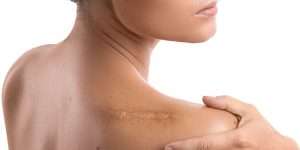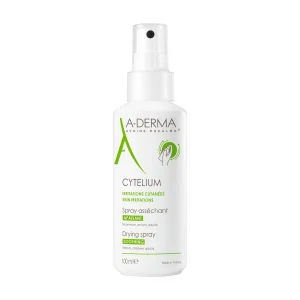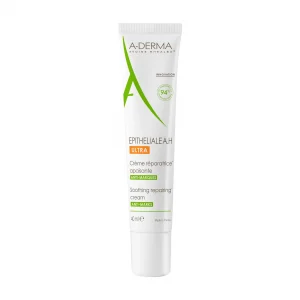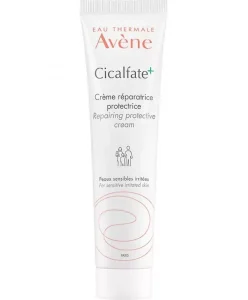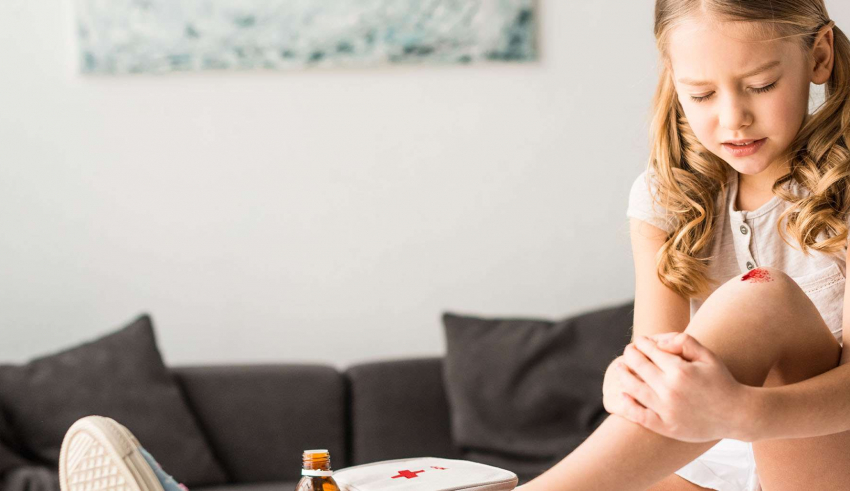
Bad accidents, surgeries or just a small cut can leave scars. While some people see their scars as a sign of pride, many simply wish they would go away. Since they can affect your appearance, they can make you uncomfortable, and one may seek treatment to get rid of them. To find out how to get rid of scars, we reached out to the dermatologist and cosmetologist Dr. Dani Tawili, who will be sharing the process of healing old wounds to get rid of them for good.
What causes slow healing?
Dr. Dani Tawili states that many factors cause slow healing, such as diabetes, poor circulation, early infection, chronic wounds and improper debridement and treatment.
1- Diabetes
Chronic diseases such as diabetes can impact blood flow and create problems with injuries. Diabetes causes high levels of glucose in the blood, which can impact the nervous and venous systems over time and lead to poor circulation. This, in turn, leads to difficulties in skin repair.
2- Poor circulation
When an injury occurs, blood transports cells to the injury site to restore veins and other damaged tissue structures. Poor circulation slows or prevents the healing process.
3- Infection
Infections can prolong the duration of inflammation, interrupt a wound’s healing stages, or interfere with clotting. Infection and bacteria lead to slower wound healing.
4- Chronic wound
Chronic wounds are injuries that may have started as a small scratch and haven’t healed within three months. These wounds are primarily known as pressure ulcers. Dr. Dani Tawili explains that these ulcers appear after a long stay in bed for paralyzed patients. The pressure between the mattress and the body creates a kind of ischemia that results in the beginning of an ulcer. He adds that these types of wounds can become deeper and larger in diameter over time and can get infected. They also take weeks or months to heal.
See a doctor when you notice symptoms of chronic wounds, such as limb swelling, limb oozing, tissue breakdown, and neuropathy.
5- Improper debridement and treatment
Poor wound care can quickly exacerbate high-risk wounds and interrupt the healing process. Thus, practicing good wound care will help your wound heal properly.
Excessive alcohol consumption, smoking, and narcotics use can also have an impact on the immune system, leading to increased inflammation.
According to Dr. Dani Tawili, if the wound does not heal, doctors resort to surgery to remove all the dead tissue and promote better circulation and granulation. They sometimes use special aspiration on the wounds to speed up the healing process.
How do you know if a wound is infected or healing?
All wounds, even simple ones, can develop into chronic wounds over time. Make sure to keep an eye on your wound throughout the healing process. So how do you know if a wound is healing or infected?
Dr. Dani Tawili explains that if you see redness with increased temperature around the wound, dead tissue, or pus inside the wound, then it is an infected wound. On the other hand, if the wound is clear with a pink color and granulations, you can tell that it is healing.
How to heal old wounds?
A few treatments can minimize the appearance of wound scars and even get rid of them completely. Dr. Dani Tawili notes that scars from old wounds could be treated with injections or fractional CO2 laser.
To achieve flawless skin, find out how these treatment methods can help minimize wound scars:
1- Filler Injections: This is a minimally invasive treatment to reduce depressed scars. Dermatologists inject fillers into the skin to lift scars and give you a smooth skin texture. However, the effects of fillers are temporary as the skin progressively absorbs them.
2- Steroid Injections: This is another minimally invasive but very effective treatment for raised scars. The dermatologist injects steroids into the skin to reduce the size of the scar and decrease its appearance. Sometimes dermatologists can inject collagen directly to obtain immediate results.
3- Fractional CO2 laser: This is an effective method for treating a wide range of scars. It improves skin texture and pigment as well as functional aspects. It is a non-invasive procedure that uses the laser, specially made of carbon dioxide, to remove the outer layers of damaged skin.
Scar removal creams or ointments generally help in healing old wounds and making the scar less visible. They speed up scar lightening but do not help make the scar disappear completely. Unmonitored and prolonged use of these scar creams can lead to significant side effects, such as skin discoloration. In addition, a scar cream may or may not be effective, depending on the type of scar.
How can I prevent wounds from scarring?
You can follow the simple tips below to avoid scarring after an injury:
1- Always keep your wound clean by washing it with mild soap and water to avoid infection.
2- Apply a wound cream. Wound creams help keep the skin moist and prevent infection. Applying a thin layer can stimulate your body’s natural healing process and reduce scarring. Be careful, the right cream can help improve healing, but the wrong one can worsen scarring. That’s why we recommend the following products from the two trusted brands A-Derma and Eau Thermale Avène.
For oozing wounds:
If your wound is oozing, we recommend drying it with the following spray from A-Derma. It dries and soothes irritated skin. Highly tolerant natural formula for the whole family.
A-Derma Cytelium Drying Spray
Once your wound is dry, you can proceed with the two following creams to repair damaged, dry and cracked skin. These creams speed up the healing process by maintaining an optimal and healthy healing environment for the skin.
A-Derma Epitheliale A.H Ultra Soothing Repairing Cream
Eau Thermale Avène Cicalfate+ Restorative Protective Cream
For non-oozing wounds:
The wound is already dry, thus you can directly apply the two creams mentioned above: Eau Thermale Avène Cicalfate+ Restorative Protective Cream and A-Derma Epitheliale A.H Ultra Soothing Repairing Cream.
3- Cover the wound with a bandage. Dressing your wounds may seem simple, but it’s a critical factor in healing. Each type of wound requires its type of dressing to prevent the spread of infection, ensure fluid drainage and promote tissue repair. If you don’t dress your wound properly, it can damage the surrounding skin.
4- Avoid scratching the scar until the wound is completely healed.
5- Use antibacterial creams and antibiotics prescribed by a dermatologist.
6- Seek immediate advice from a dermatologist if the wound is deep to avoid scarring.
7- Avoid using home remedies to remove wound scars, as they can make them worse.
Now you know the different treatment options available to reduce wound scars.
What can promote the healing of old wounds?
Here are some self-care suggestions:
- Don’t take medications that interfere with the body’s natural healing process, if possible.
- Make sure you eat well. Your body needs good food to fuel the healing process. Include foods rich in vitamin C in your diet, which helps the body make collagen. Eating fresh fruits and vegetables every day will also provide your body with other nutrients essential for wound healing, such as vitamin A, copper, and zinc.
- Keep your wound dressed. Wounds heal faster if they are kept warm. Try to be prompt when changing dressings. Exposing a wound to the air can lower its temperature and slow healing for a few hours.
- Exercise regularly as it increases blood flow, improves overall health, and speeds up healing.
- Manage any chronic diseases such as diabetes.
- Do not smoke.
